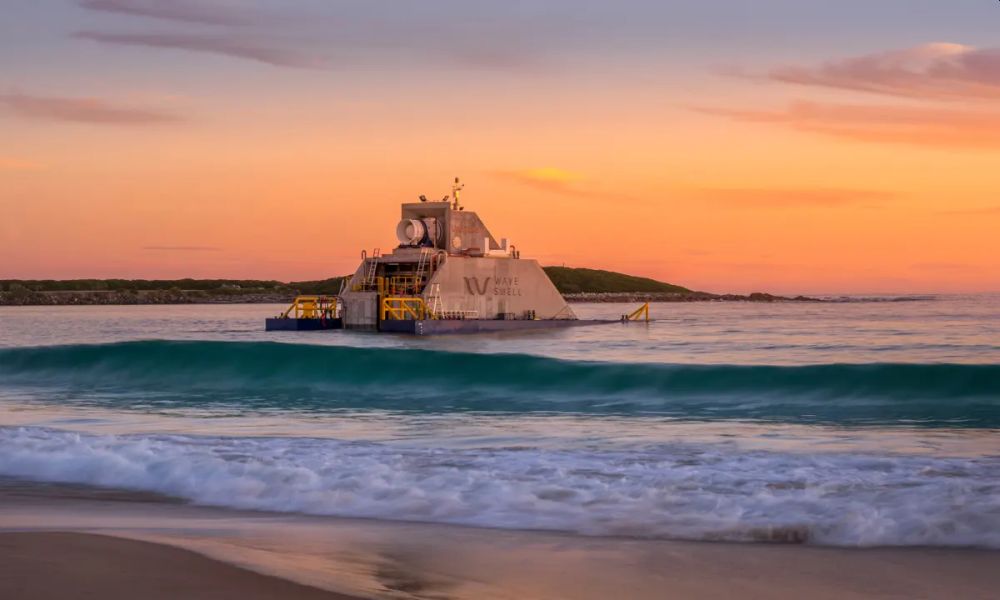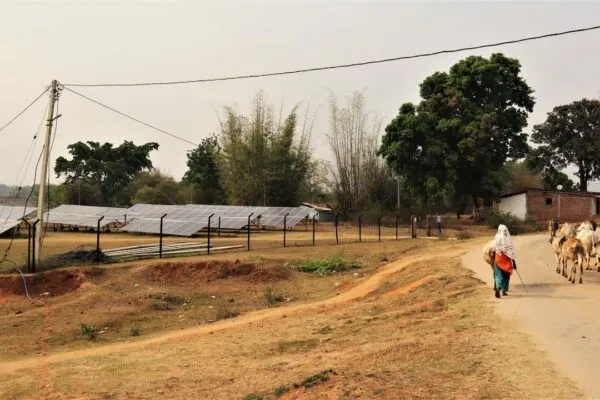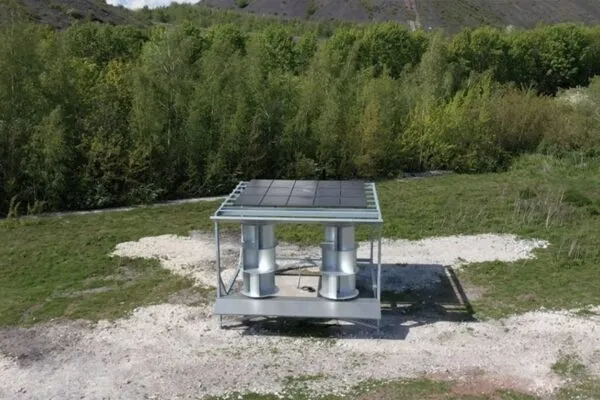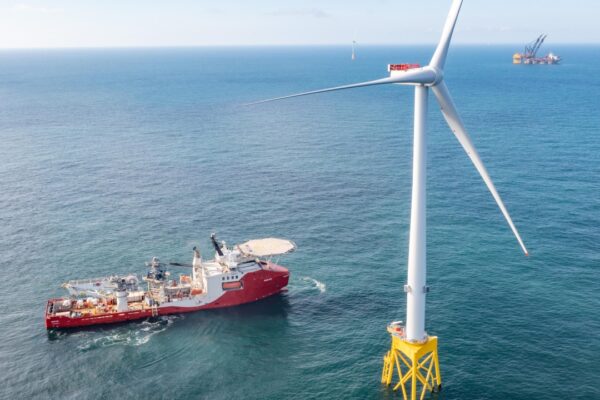Remote Tasmanian Island to be Power-Driven by Wave Energy
Renewable energy resources are being tested for quite some time now, to analyze the lengths to which these resources can help the planet reduce carbon emissions. In a new project, a remote Tasmanian island will be power-driven by wave energy. Depending on the project’s success, in about one month’s time, King Island residents will benefit from renewable energy harnessed from wave swells.

Tasmanian island will soon be powered by the renewable wave energy | Image: Wave Swell
This innovative project will make the island one of the few places on the planet where three forms of clean energy are utilized. Presently, about two-thirds of the island’s energy needs are covered by wind and solar power.
The island of 1,700 inhabitants will be an example of how renewable energy can be adopted in modern world. Led by Wave Swell Energy, an Australia-based progressive energy company, the $8m project is backed by grants from the Commonwealth’s Australian Renewable Energy Agency as well as private investors.
It’s very much like an artificial blowhole. There’s a big underwater chamber that’s open out the front, so the water is forced into the chamber. It pushes that air back and forth, the movement of air that spins the turbine and produces electricity.
According to various studies, Australia’s southern coast has the potential to produce massive amounts of wave energy. A study carried out by the Commonwealth Scientific and Industrial Research Organization (CSIRO) found that the huge swells of waves on the coast can produce commercially feasible power. Apparently, if wave energy is well-harnessed in Australia, it could cover up to 11 percent of the country’s energy needs by mid-century.
Denniss said,
Clearly there’s a massive wave resource. It’s definitely a resource worth pursuing… This is just a demonstration of the technology at this stage. The aim of the project is to get a good estimate and generate data on how much it produces in different-sized waves. We want to see all different-sized waves so that we know across the full range of conditions what the unit can produce.
The project uses a boat-like edifice that floats on water. It is expected to harness about 200kW of power, but the company has planned for a bigger model which could potentially reduce the use of fossil fuels and consequently the carbon emissions.


